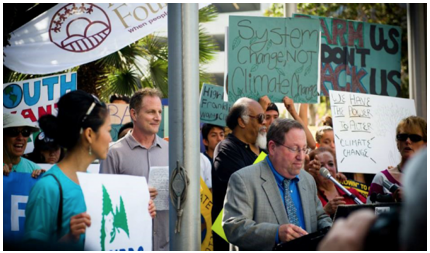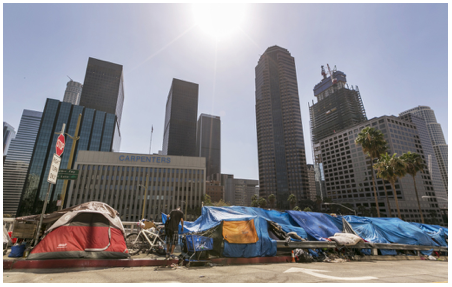China Enacts One-Dog, Two-Child Policy … Why LA Should Care
ANIMAL WATCH-After years of ignoring a burgeoning problem of stray dogs and cats in the streets, aggressive dog attacks and fear of disease have caused China's major cities to replicate the government's reaction to a perceived need for human population control by issuing a one-child rule in 1979. However, since pets can be hidden or just released, enforcement will be challenging -- especially restrictions such as Qingdao's ban on 40 breeds considered "dangerous."





































